In Search of the Cinematic Look
What makes your visual art stand out?
Blauw Films

Is it time to develop the look for your latest project?
Great! This is such a crucial stage for your film, animation or video game that I’d like to cover a few concepts that can help you out.
The Cinematic Look is something many creators want to achieve. But what exactly does that mean?
What is the Cinematic Look?
I’ve heard many arguments over the years that focus on technique. All great information, but I’d rather define cinematic with a focus on feel.
Achieving the cinematic look is about finding harmony between your technical and creative decisions while serving the artistic intent of your story.
If we look at macro decisions we can start with the Story. In the case of a film, what is it about and what is the message we want to convey? From the perspective of visual communication, it is now important to define the language you use to accurately convey the message to the viewer.



An adventurous story with a thematic backbone of tragedy might require a stronger contrast between epic vistas and intimate scenes.
A terrifying psychological horror might require a more uncanny and disjointed approach. Thus playing with the element of surprise in your visual language.
These are mere examples but they should give you the right idea.
The Storyboarding process becomes an incredible tool at this stage to start defining this cinematic look that best fits your project.
This is honestly also a great time to start defining the mise-en-scene. What are the elements that make up your environment. And how can they interact with the total ensemble you are trying to convey?
Following these decisions comes the decision of lighting.
How will the images you convey on the screen best communicate the feeling you’re looking for through light, shadow, separation and atmosphere.
Each of these aspects of cinematography and photography can be explored in-depth. And each decision you make can drastically change the perception an audience has of your shot. I will not dive into techniques to create a cinematic look.
Instead I’d encourage you to define your lighting based on the emotional arc of your story.

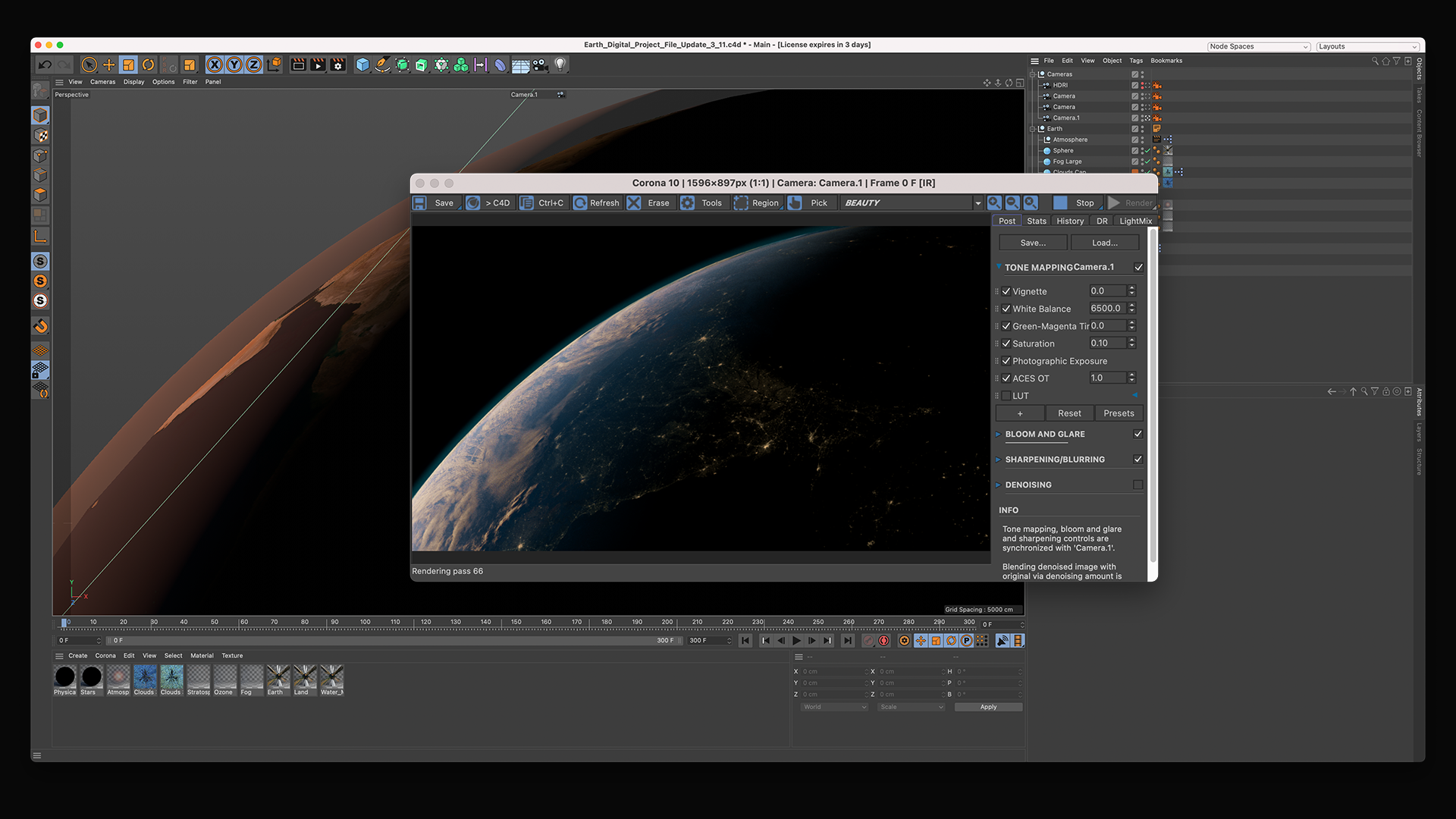
The next important decisions to make are hardware. What film stock or digital sensor should you be working with? What camera body will get you closest to the desired effect you’re looking for?
I’d recommend you do your research and speak to cinematographers who have experience with certain equipment. They will be familiar with the characteristics and personality of their gear.
There is more. The cinematic look is mostly defined by the feel of your image. But there are two important aspects that we cannot skip over.
The lens and motion.
Lenses are often a subtle choice made by the cinematography to define the total feel of your image. Think of it as the paint brush for an artist. No matter how subtle or subconscious the effects of a different lens might feel, it’s undeniable how much it directly affects the final result.
The choice of lens affects a variety of aesthetic factors. The most important ones are color, contrast, bokeh and distortions. Each of these aspects is defined by the lens properties and its aberrations.
Every lens is different. And every image has a unique feel.


Finding the lens with the perfect set of attributes for your project requires patience and research. I’d recommend you use a variety of color charts and resolution charts to check what a lens is doing to your image. This testing process is crucial both in live-action as in computer graphics.
To get realistic aperture maps for your 3D-rendering workflow I’d recommend our Bokeh Builder asset which is available for Free on our Resources page.
Once you have found the lens properties you need that give you the right skin tones, color contrast and image sharpness, you have defined most of the cinematic look for your film.
And finally, I’d like to dedicate a quick moment to mentioning Motion.
An important aspect of Cinematic is Cinema. Cinema is the art of capturing and projecting moving images.
When we look at a still of a movie it still looks more “cinematic” than a photograph. An important aspect of that is that the still frame has been taken from a sequence of images capturing motion.
A subtle effect that is captured in Cinematography is motion-blur. And that is the icing on the cake when achieving your cinematic look.


Conclusion
How much motion blur are you looking for in your image? And more importantly, what is the distribution of motion within that blur?
This is related to the speed distribution along the opening and closing of your camera’s shutter. In 3D-rendering these properties can be adjusted through a Shutter Curve.
And that’s it! With dedicated attention to each of these aspects you will be able to create a custom cinematic look that is made to fit your artistic expression.






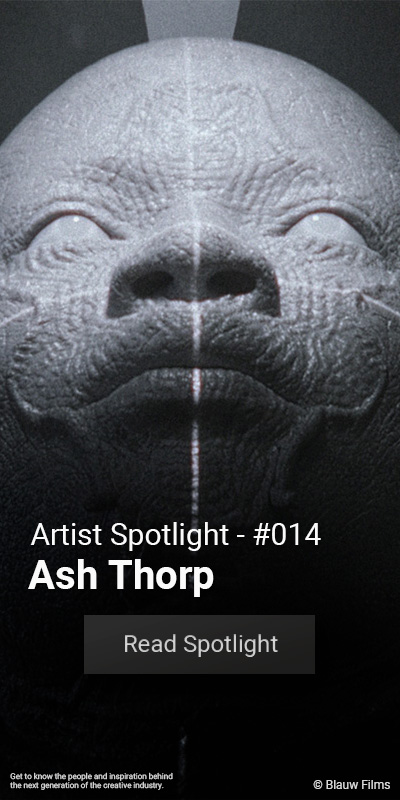
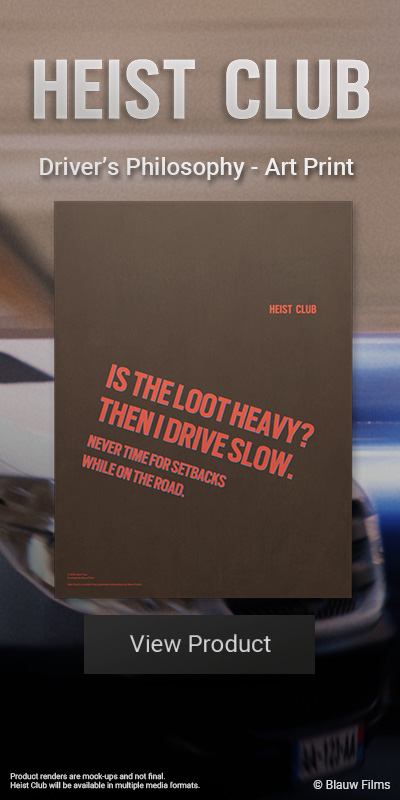








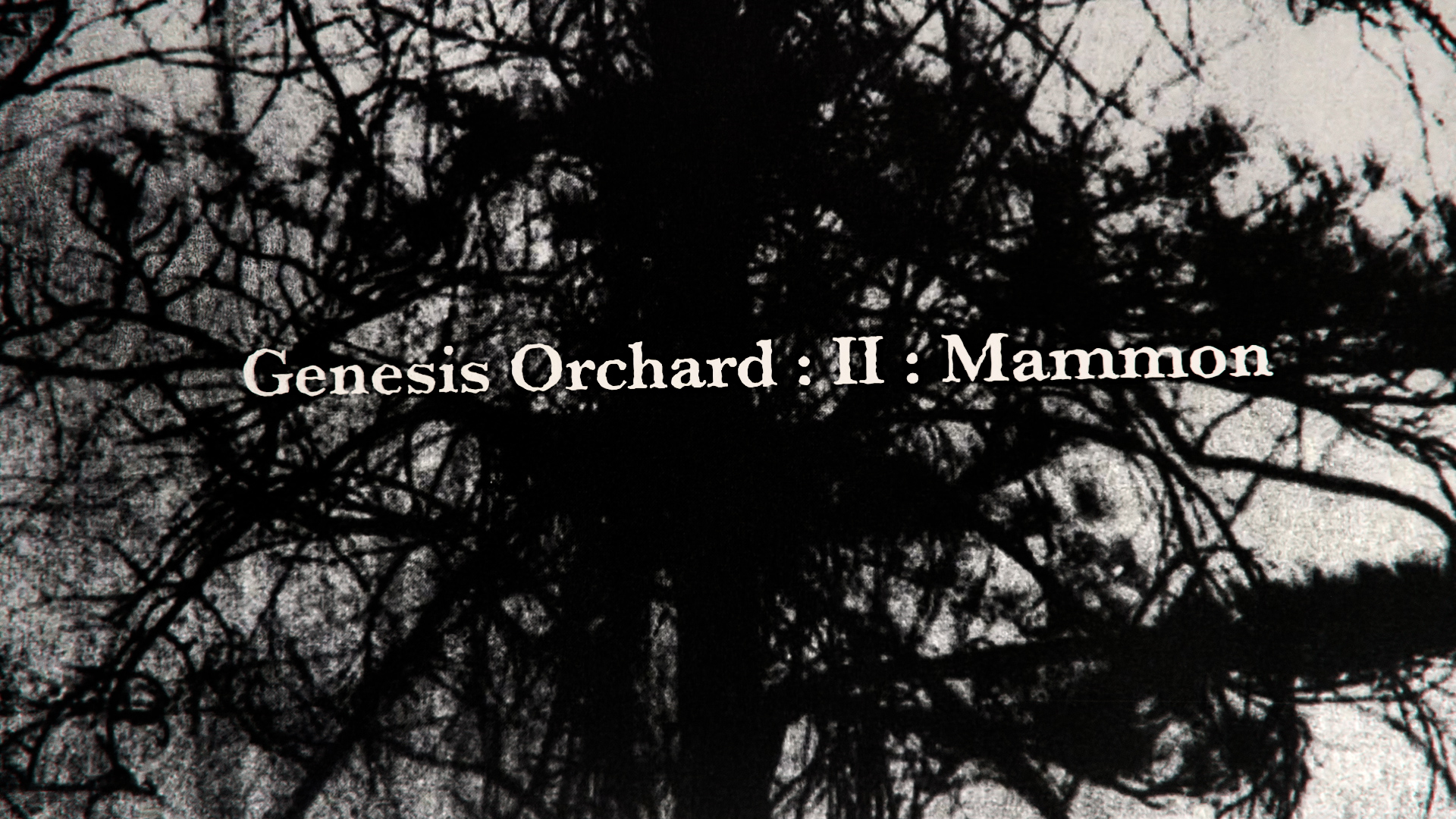

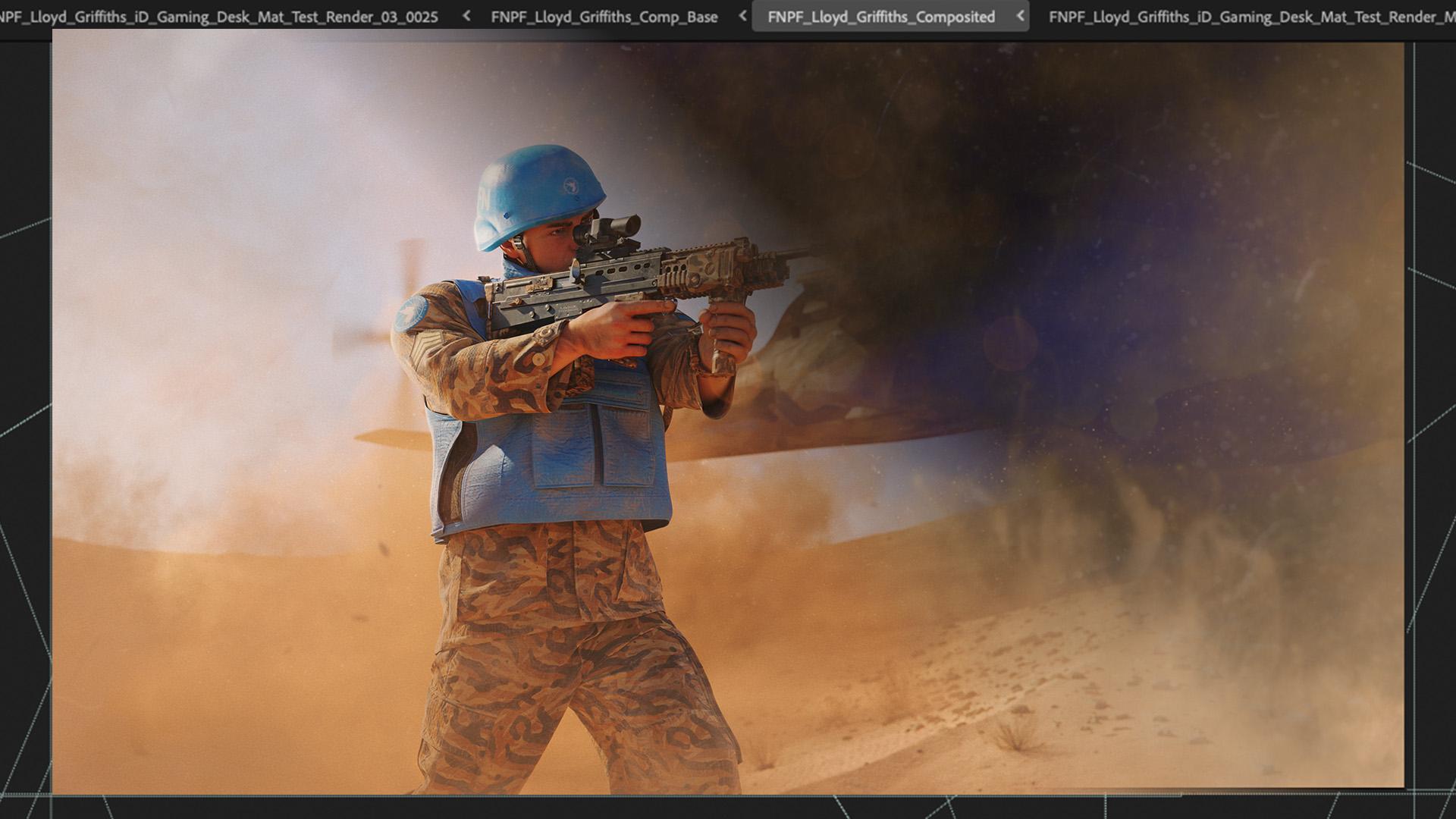
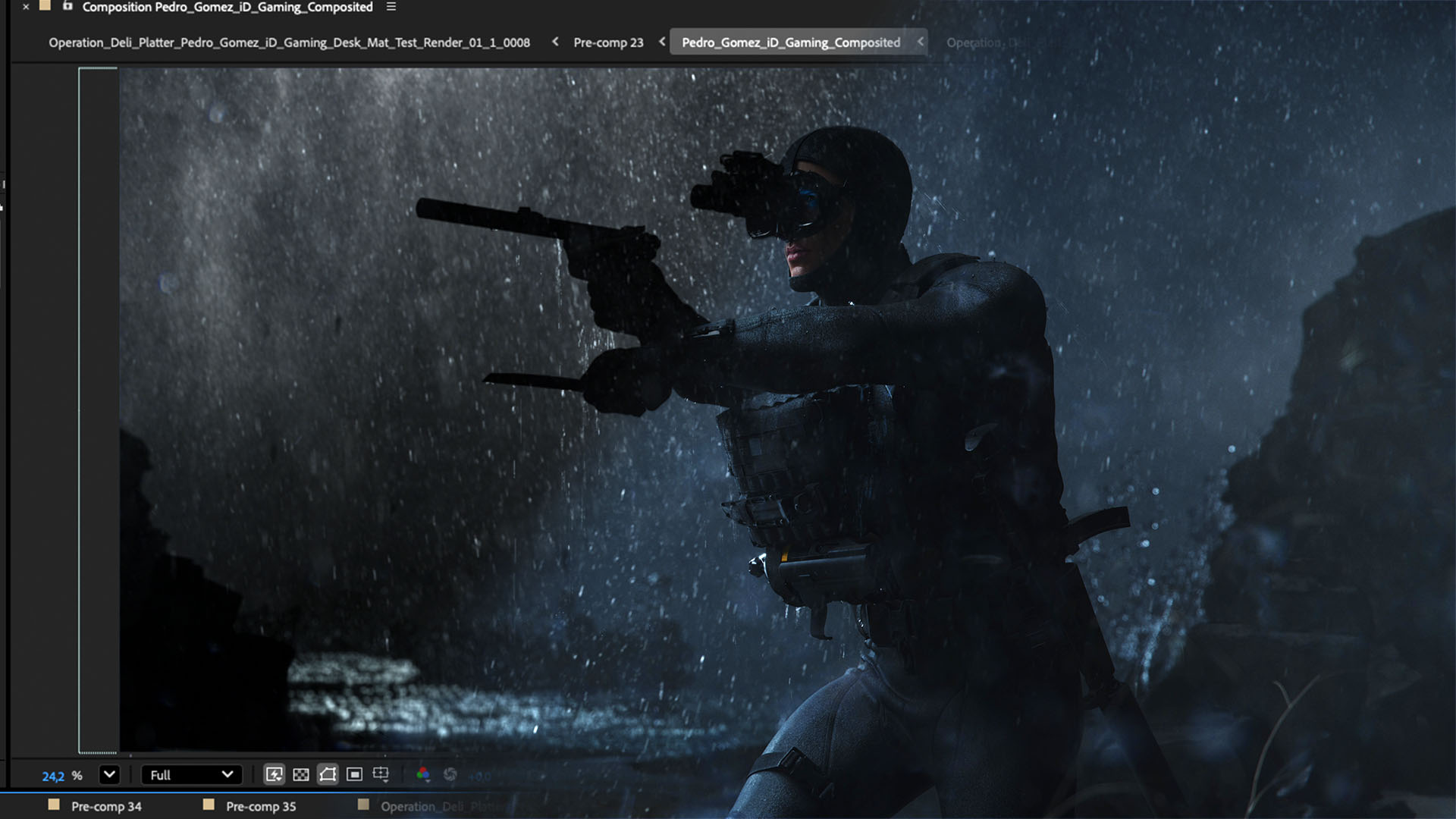


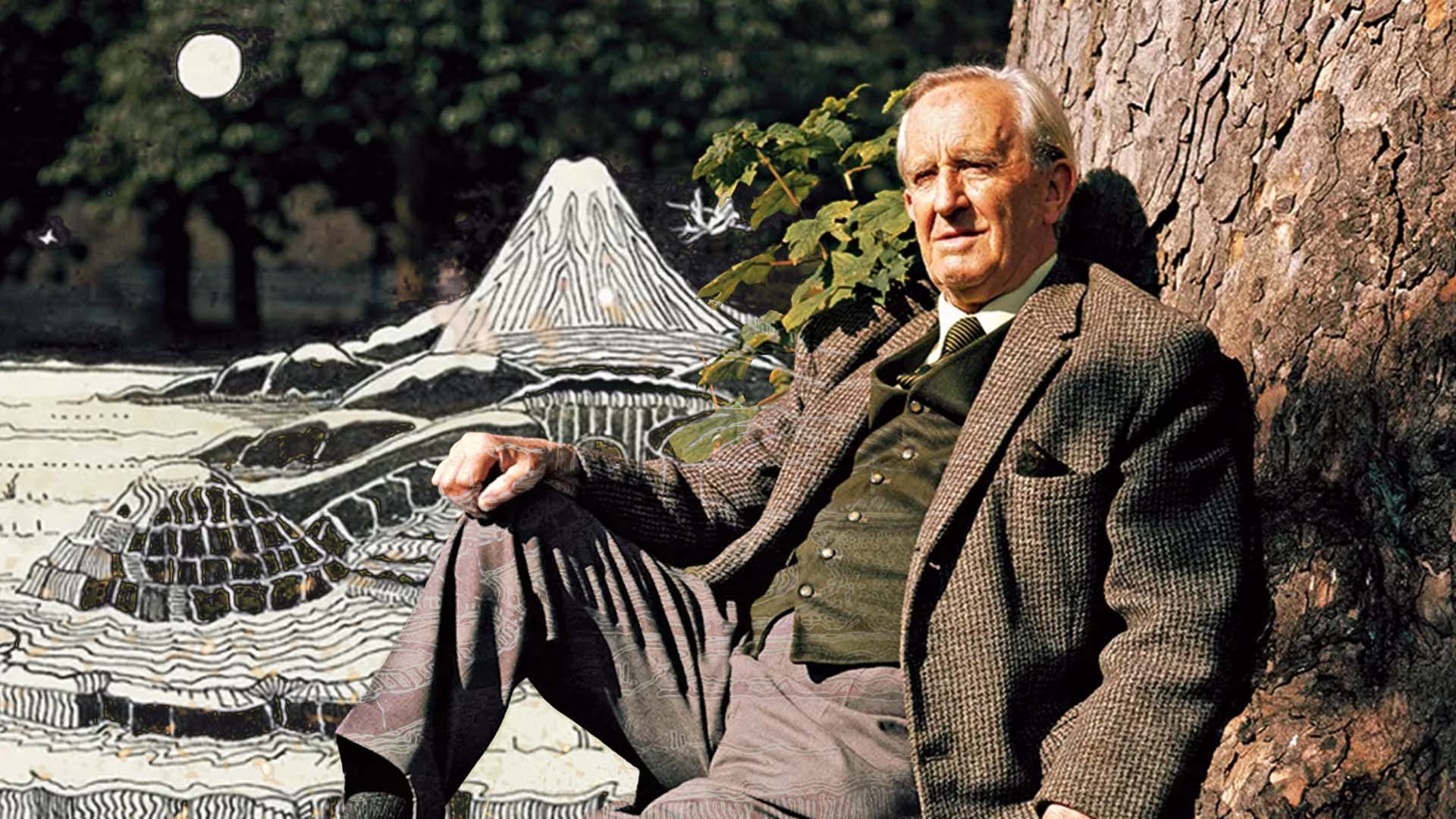







%20by%20Ivan%20Aivazovsky.jpg)






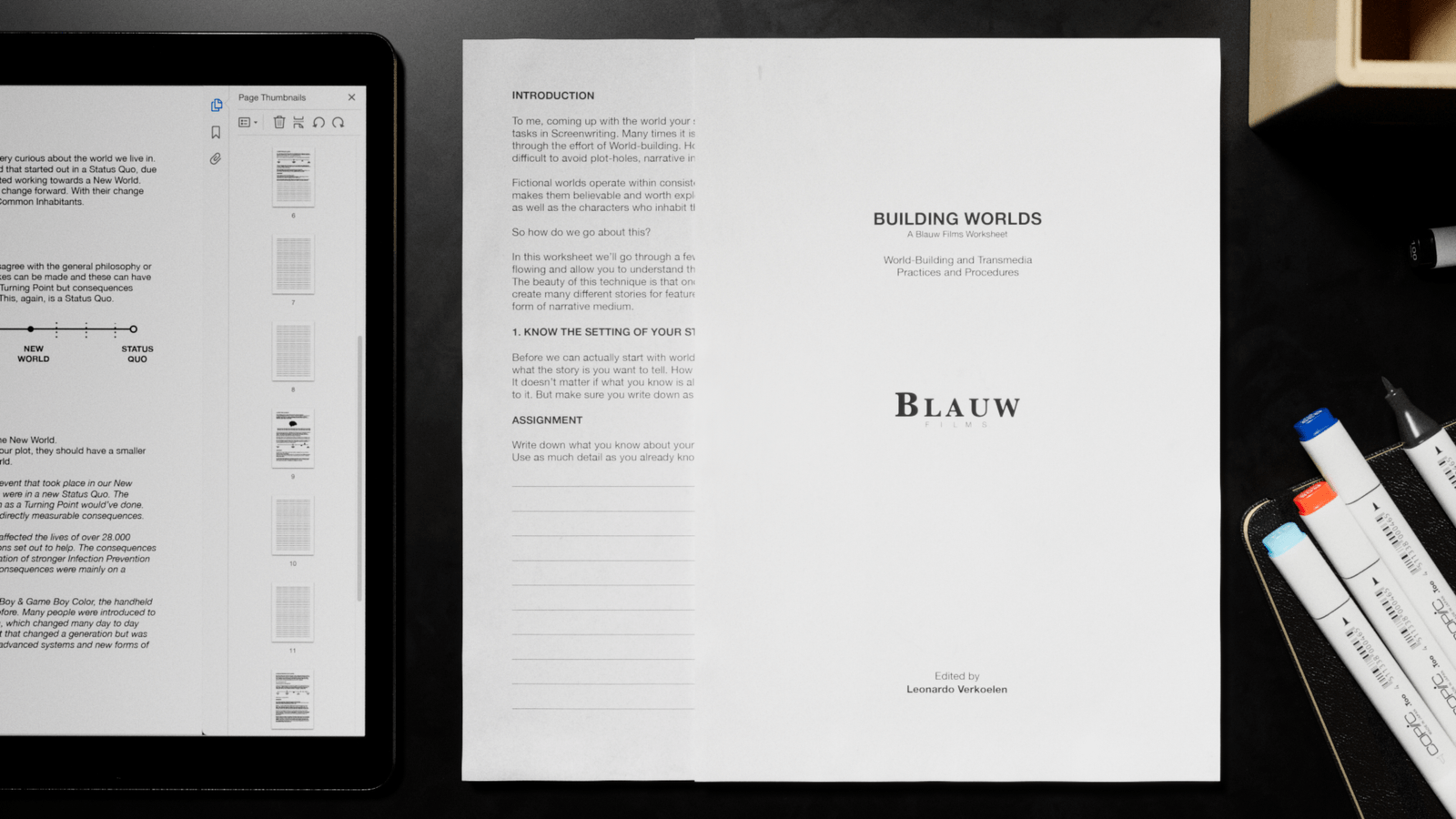










































































0 Comments